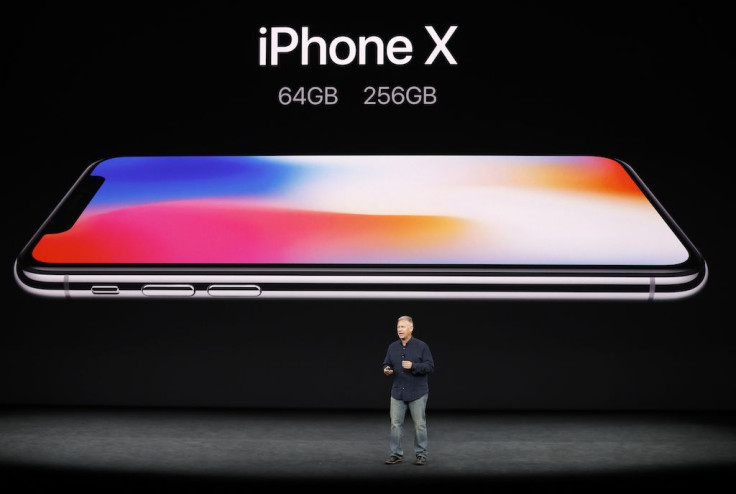Bottleneck In iPhone X Production Allegedly Being Caused By TrueDepth Camera

It was reported yesterday that Apple was slowing down iPhone X production to gauge iPhone 8 and iPhone 8 Plus sales. However, an analyst believes that the bottleneck in iPhone X production might actually be caused by the device’s TrueDepth camera.
“TrueDepth camera may be main production bottleneck of iPhone X ramp. The 3D sensing (TrueDepth camera) on iPhone X is composed of a structured-light system, time-of-flight system and a front-facing camera, which represents a far more complex structure than those of rivals,” KGI Securities analyst Ming-Chi Kuo said on his research note which was obtained by MacRumors. “It will therefore be harder to achieve mass production. While we project iPhone X will see output ramp up meaningfully in mid/ late October, tight supply may only start to ease in 1H18F due to strong demand.”
The complex structure of the TrueDepth camera system on the iPhone X is partly to blame for the slow production as it might be causing a bottleneck in ramping up production. That said, Kuo believes that Apple will be able to achieve mass production of the iPhone X mid/late October, with supplies starting to ease sometime during the first half of 2018.
The iPhone X’s TrueDepth camera system is one of the main components found inside the display notch on top of the smartphone. It helps in facilitating Apple’s new Face ID facial recognition technology. Aside from that, the TrueDepth camera is also a necessary component in making Portrait Mode and Portrait Lighting possible when taking selfies with the front-facing camera on the iPhone X.
The TrueDepth camera system comprises an infrared camera, a flood illuminator, proximity sensor an ambient light sensor, a dot projector and the front-facing 7 megapixel camera. All of these components are necessary for Face ID to function correctly.
Some users are already skeptical with the the reliability and security behind Apple’s Face ID facial recognition system. The iPhone X doesn’t have the Touch ID fingerprint sensor and users will have to rely on Face ID not just for unlocking the device, but also for authenticating Apple Pay purchases.
Apple will officially open preorders for the iPhone X on Oct. 27 and the device is expected to start shipping and be available in-stores on Nov. 3. If mass production of the iPhone X continues to be hampered, it’s very likely that it will be very difficult to buy the iPhone X at launch. Kuo believes that preorder demand for the iPhone X could actually top 50 million units, according to AppleInsider.
On Monday, IBT reported that Apple decided to withhold part of the components shipments for the iPhone X. It was believed at the time that Apple was simply waiting to see the market’s response to the iPhone 8 and iPhone 8 Plus. Additionally, Apple is also anticipating preorders for the iPhone X before increasing shipments and hastening the production process. Although that may sound farfetched, Apple did the same strategy with the iPhone 7 last year.
Whether Apple is facing difficulty in production or is intentionally slowing down iPhone X production, it’s clear that buying the upcoming 10th anniversary iPhone will be an inconvenient task for many consumers this November.
© Copyright IBTimes 2025. All rights reserved.



















